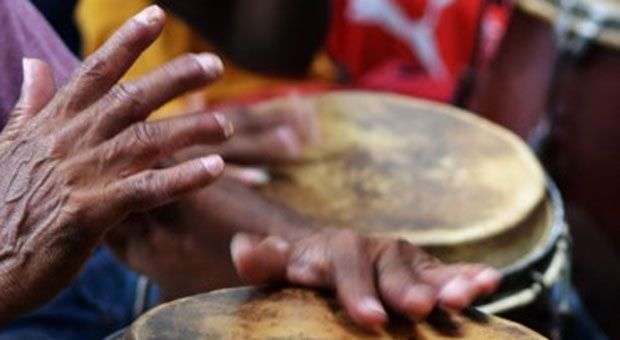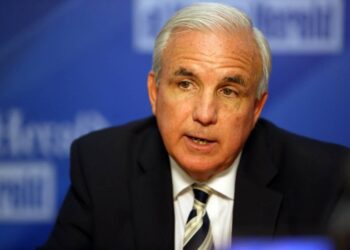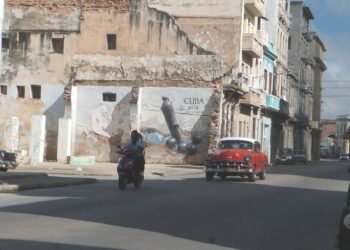Timbalaye Festival began, and with it all the rumba lovers of Cuba are celebrating. Now in its 5th edition it proposes to encourage the dissimilar edges of an expression of national culture that has become a symbol of the culture of the island and one of its most important ambassadors.
National Heritage of the Nation, rumba, by Timbalaye, will tour for the first time a path that goes beyond the traditional circuit presentations of the capital, and will make dance its followers of Matanzas and Santiago de Cuba, who applauded the initiative which shows its popularity.
Afro-Spanish, rumba emerged in Cuba in the late nineteenth century, and develops after the abolition of slavery, when slaves leave the fields to settle in the outskirts of cities (particularly in Matanzas and Havana), and so-called “solar” to start a new life. For these people, who are in the neighborhoods and in the streets, dance and music are suited to their way of being, of living and of expression, whether in religious, social or emotional ways.
Irma Castillo, artistic director of the event, told OnCuba that in the meeting, which also pays tribute to son, musicians and researchers from Mexico, Italy, Argentina, Peru, among other countries, will participate and share their experiences and debate about the genre, its footprint and effect.
The program, she said, includes workshops, dancing, singing and drumming lessons given by prestigious masters of Cuban folklore including shows, concerts, conferences and dance with domestic and foreign groups.
A new feature this year will be the granting of scholarships on creation, interpretation and research on rumba, in collaboration with the Hermanos Saiz Association (AHS).
The America Theatre, the Cuba Pavilion, the Salón Rosado Benny Moré (La Tropical) and Rumba Palace are the scenarios that the interpreters this year.
After sessions in Havana, the Festival will travel to Matanzas, 23 and August 24, then to Santiago de Cuba (25 to 28).
Sponsored by the AHS, the Union of Writers and Artists of Cuba and the Fernando Ortiz Foundation, Timbalaye also honor one of the great exponents of the rumba, Gonzalo Ascencio, known as Uncle Tom.
The International Festival of Cuban Rumba aims in this edition at showing the breadth and extent of the phenomena of Rumba and Son in Cuba, from the reality of life in neighborhoods and the most representative characteristics of the three cities, thanks to the participation of important personalities of Cuban and international culture, as anthropologists, scholars, teachers of folk dances, dancers and musicians to show the diversity and importance of these two musical genres for Cuban and international culture.










